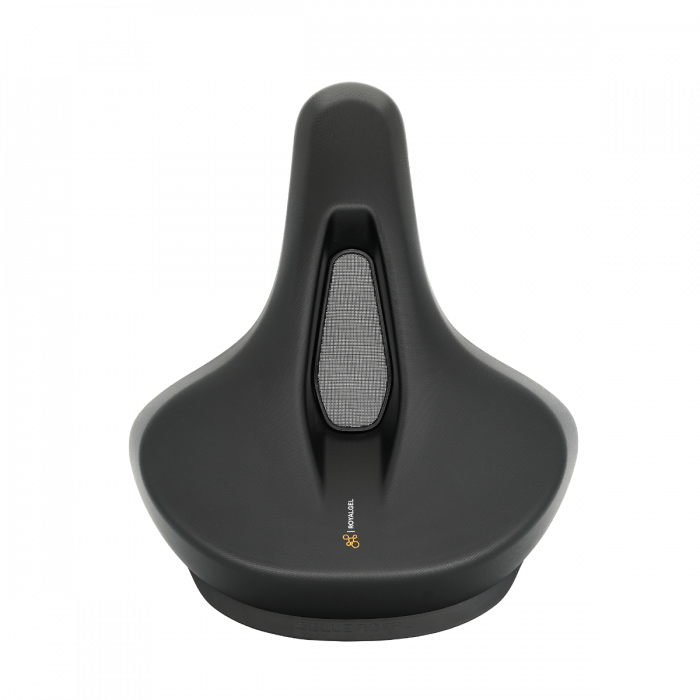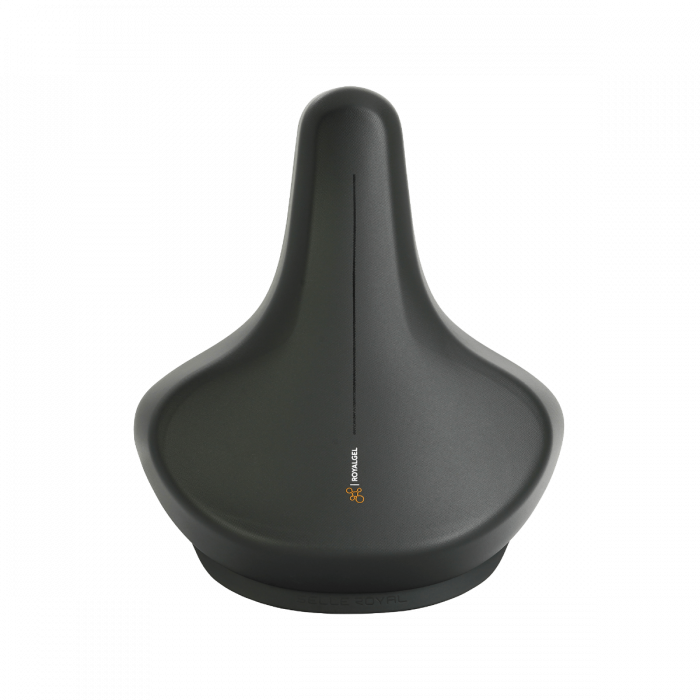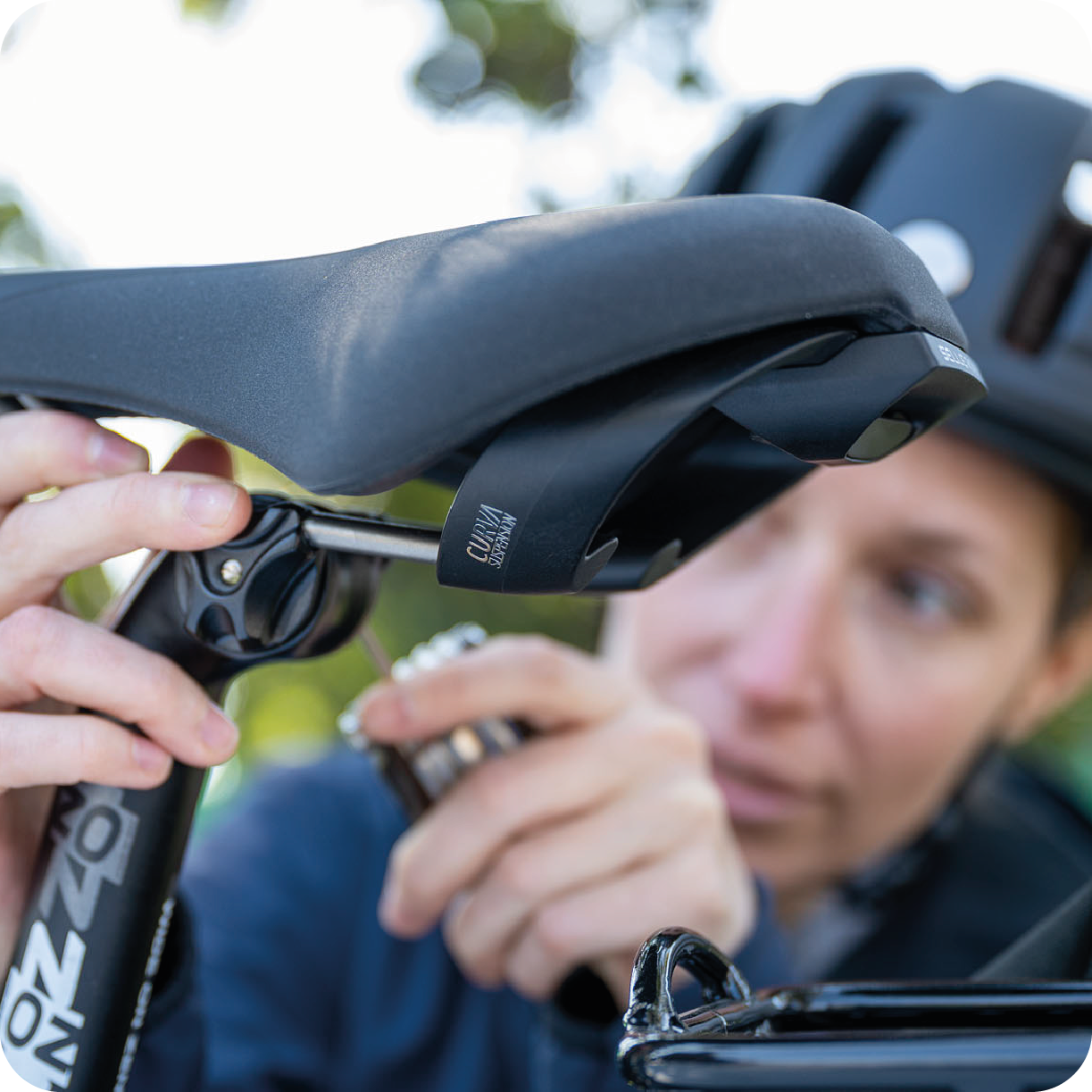What is the difference between an e-bike and pedal-assisted bicycle?
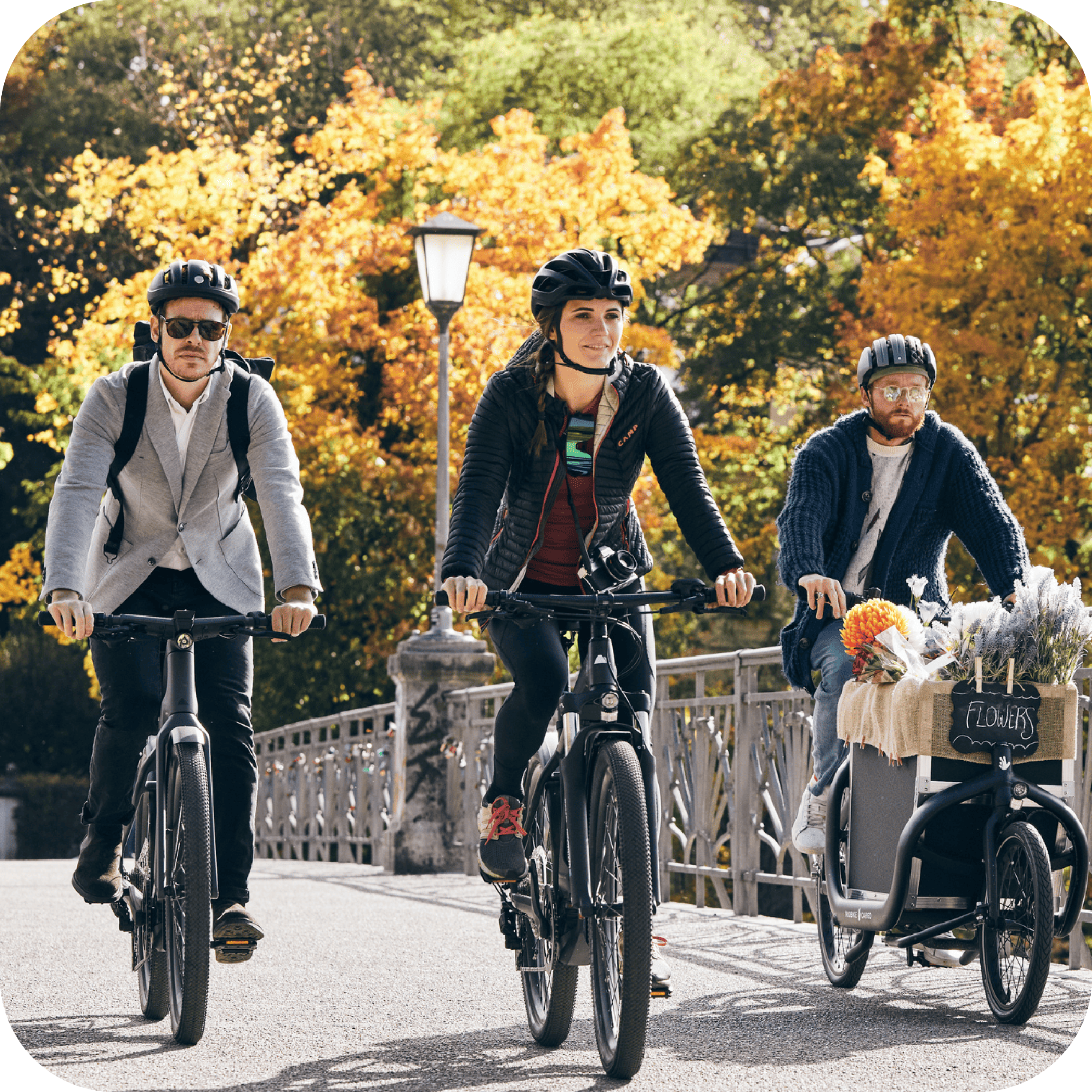
E-bikes come in two different types; pedal-assisted bicycles and throttle-controlled e-bikes. Both have motors to help you get up to speed, but they operate slightly differently.
A pedal-assisted e-bike requires the rider to pedal to activate the electric motor, and is typically the kind of bicycle referred to when using the word ‘e-bike’. In contrast, a throttle-controlled e-bike has a button on the handlebars that can operate the motor and control your speed without the need to pedal at all (which may fall under motorcycle regulations in some countries depending on its power).
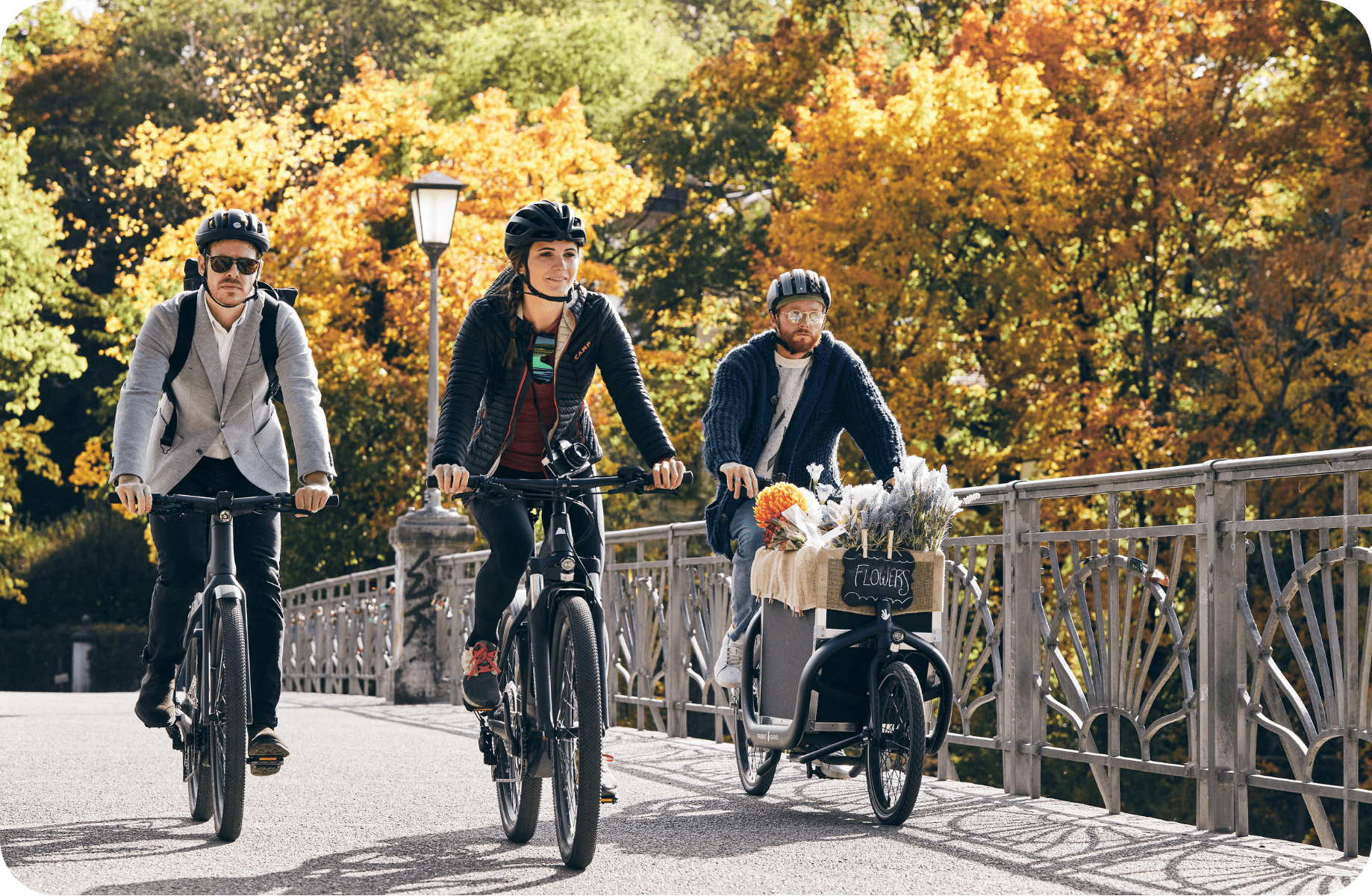

What is the best electric bike?
E-bikes come in a variety of styles designed for different terrains and uses.
Electric hybrid bikes are the best e-bike for commuting to work or to get around a city, and often have mounting points for luggage and lights. Electric mountain bikes are perfect for those wanting some help to get to the top of their local trail or to extend those long days at the bike park. Lastly, electric road and gravel bikes are a great choice for people who want all-day adventures in the outdoors, whatever their fitness level.
The best e-bike for you will depend on which of these experiences you’re looking for — and below we’ll help you find out how to choose an e-bike.
E-bike for cycle touring or trekking: tackling long routes without effort
E-bikes lend themselves well to cycle touring and trekking thanks to their mounting points for luggage and the ability to ride all day long with the support of a motor. Long distances can be covered with ease on an e-bike, but just remember to manage the range of the battery by utilising its power at effective times — like on steep climbs or into a headwind — and ensure there are places to charge the e-bike battery en route if needed. Mid-ride cafe stops and overnight stays are the perfect places for recharging your e-bike on a cycle tour.
E-bikes like the Flyer Goroc TR are purpose-built for long-range cycle touring, and the Goroc TR features integrated luggage mounting points, a low-maintenance belt dive and a long-distance battery with a range extender. This means you can travel even further and more flexibly day to day without the need to recharge your battery.
E-MTB: extra power uphill and traction on rough terrain
Electric mountain bikes like the Flyer Model TBD are incredible fun for both beginners and experienced off-road riders. The extra power of the pedal-assist makes riding uphill much easier, especially off-road where there are often steeper gradients and loose surfaces. On rocky climbs, the smooth delivery of power from an E-MTB will aid traction and help you float up the trail.
Going downhill on an E-MTB is just as exciting as a regular mountain bike, and despite the extra weight, electric mountain bikes are built with components that can handle the extra mass. On some trails the extra weight will help riders gain traction due to the lower centre of gravity, however this isn’t always the case and steeper more technical descents will require more skill and strength to navigate — so just like a regular mountain bike, start small and build up your confidence for more difficult terrain.
Pedal-assisted City Bike: to move around in a sustainable way
Commuting by e-bike is a truly revolutionary experience. Getting to work is no problem at all thanks to the extra power delivered by the motor, meaning you can arrive at the office stress-free and sweat-free. E-bikes like the Cortina E-Lett are specifically designed for short rides in the city, and allow you to skip through the traffic encountered in your car, cut your carbon emissions and even get fit in the process (you don’t have to go to the gym after work when the commute is your workout).
Just remember to keep that motor charged for daily use, and if you do get caught out by a flat battery on the way to work, you just need to charge your battery when you arrive so it’s ready to use on the way home.
Cargo Bikes: a real revolution in Northern Europe
Electric cargo bikes are seen daily on the cycle lanes of Amsterdam and Copenhagen. Often it’s the need for carrying capacity that makes people pick up their car keys to do their grocery shopping, but cargo bikes are an incredibly versatile alternative for daily errands. For urban trips of any length, electric cargo bikes are just as fast as a vehicle and offer a non-polluting, cheap alternative.
For moving large loads and even taking the kids to school, electric cargo bikes are a revolution. Models like the HNF CD2 Family can take on almost any job you’d usually do in a car, offering a 280 kg load capacity, a super-powerful onboard motor, space for four children and a lockable luggage trunk.
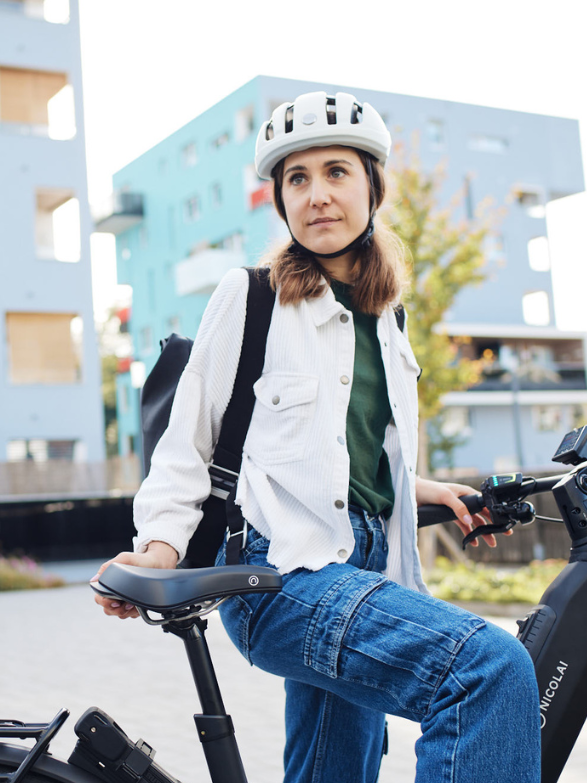

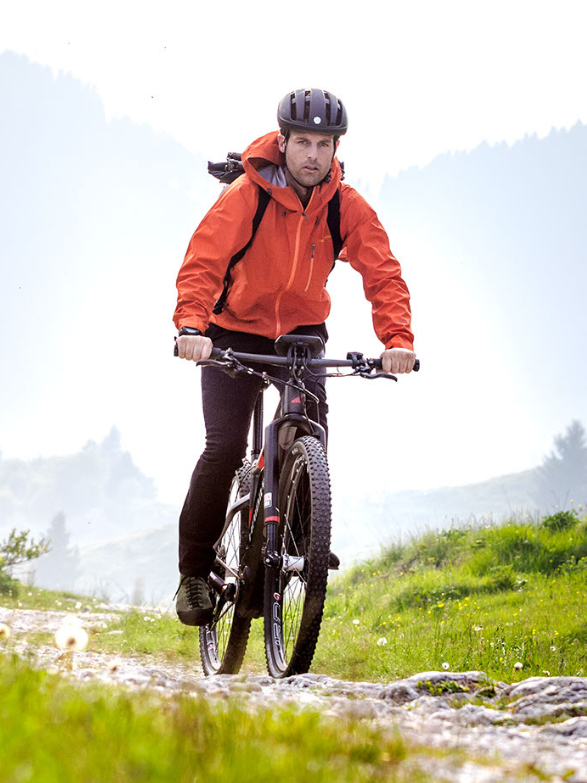

How does an e-bike work?
E-bikes feature an on board motor that is usually mounted in one of three places — at the bottom of the frame alongside the cranks, in the front wheel hub or in the rear wheel hub. Hub-based motors drive the wheel itself, whereas crank-based motors will help power the e-bike’s drivetrain.
When you pedal an e-bike, a sensor will measure how much effort you are putting in and match that to the motor’s power output. The motor won’t completely take over like a motorbike — instead, you’ll receive a consistent boost of power that helps you pedal with ease.
Essential maintenance for your e-bike
The basic maintenance of an e-bike is similar to that of a normal bike, such as keeping the drivetrain clean and lubricated to prevent dirt and grime wearing down the components.
E-bike specific maintenance includes keeping the battery charged before use — and avoiding storing it with a flat battery — using the correct charger, updating the firmware regularly and occasionally servicing the motor with a specialist mechanic.
The benefits of riding an electric bike
E-bikes offer all the benefits associated with cycling with a few exciting extras. Not only are they a great way to exercise and get around, but they can be a great way of socialising with friends and offer a unique way to travel the world. The benefits of an e-bike over a regular bike include the extra choice in the length and difficulty of the terrain you can ride thanks to the power assist. E-bikes also allow riders to climb hills with ease or commute to work without breaking a sweat — this might mean you can rely less on your car, save money on fuel and get fit in the process.


What are the best e-bike saddles?
The best e-bike seats are designed to handle the specific demands of riding a power-assisted bike. These involve coping with the different kinds of compression experienced under acceleration on an e-bike, the difficulty manoeuvring an e-bike compared to a normal bicycle when on foot and the comfort required to ride the longer distances facilitated by an e-bike.
The Selle Royal On is an e-bike saddle developed with all these elements in mind to create the most comfortable electric bike seat. The raised rear section helps riders sit firmly in position and prevents them sliding backwards under acceleration, whilst the rubberised, soft-touch grip makes it easier to move heavier e-bikes while on foot. For comfort, the sides of the e-bike seat are flexible to make pedalling more comfortable over long distances. On is the purpose-designed e-bike saddle.
